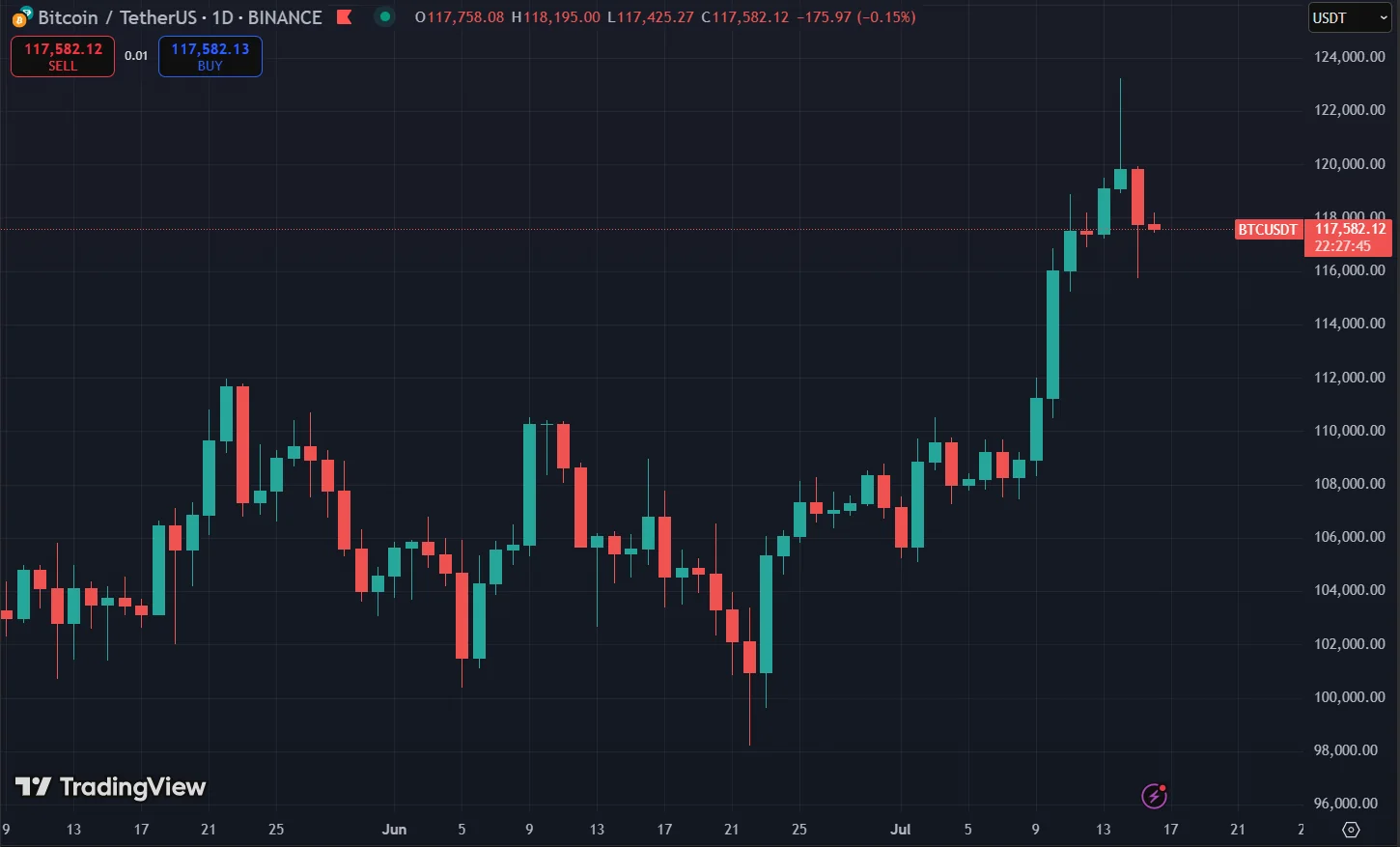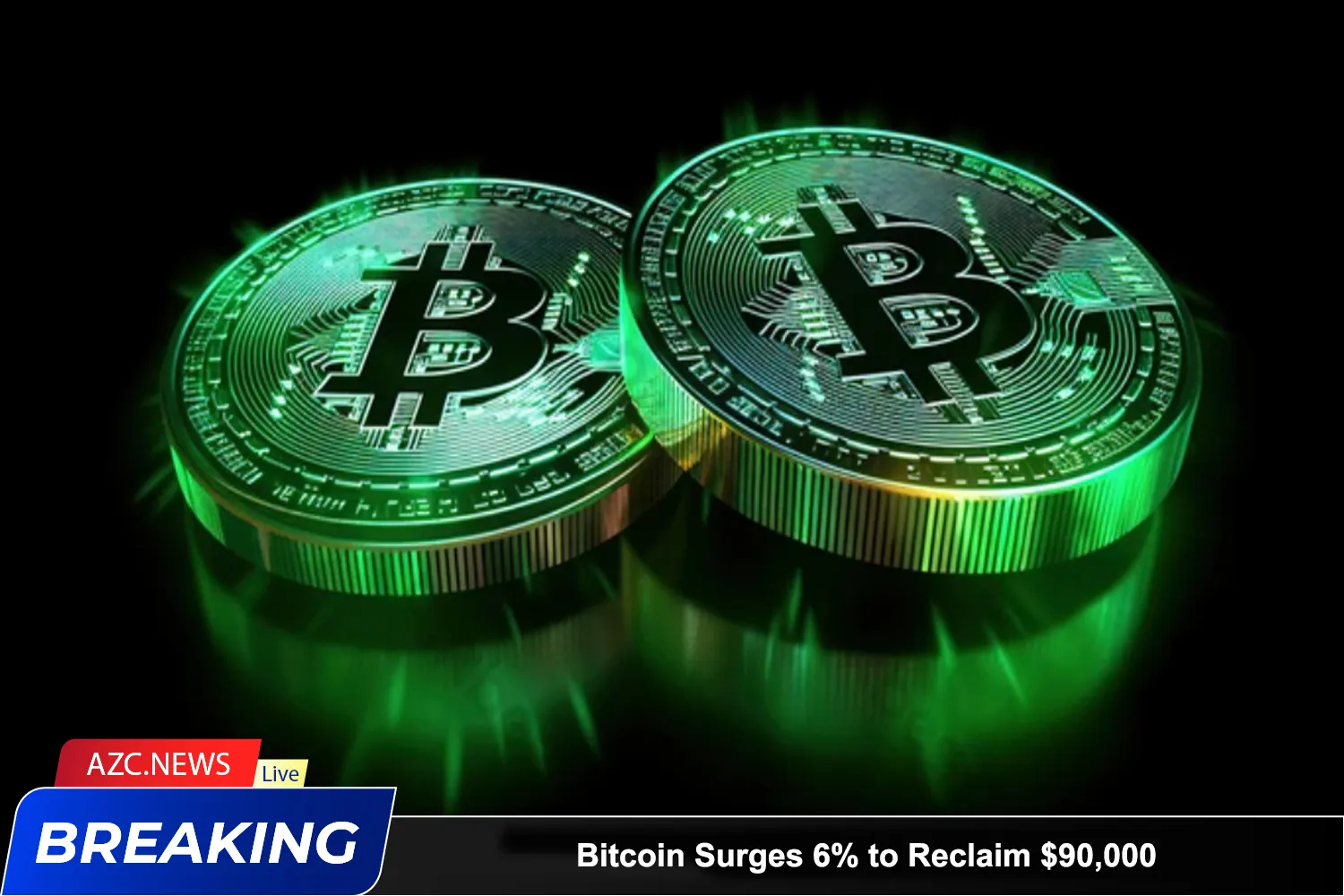After reaching a new high of $123,000, Bitcoin experienced a sharp correction, falling to as low as $115,800 before making a mild recovery. The primary cause of the drop stems from renewed concerns over U.S. inflation — a factor that has shaken investor expectations of a near-term interest rate cut by the Federal Reserve.
The June Consumer Price Index (CPI) report showed that inflation in the U.S. remains stubborn, particularly in essential sectors such as food and transportation. Meanwhile, housing prices only declined slightly — not enough to bring down overall inflation. This has weighed heavily on market sentiment and triggered a sharp sell-off in risk assets, including Bitcoin.
The U.S. Dollar Index (DXY) also surged, climbing to 98.5 — up 2.1% in just the first half of July — reflecting a shift toward safe-haven assets amid monetary policy uncertainty. According to the CME FedWatch tool, the probability of a Fed rate cut in September has dropped to around 54.3%. This outlook will be further tested when the Producer Price Index (PPI) data is released later this week.

In the crypto space, Bitcoin’s decline has been exacerbated by rising profit-taking pressure. Over 3,000 BTC were transferred to exchanges in a short time frame — a sign that short-term investors are seizing the opportunity to exit at high prices. However, long-term holders and miners continue to show confidence, with no signs of mass selling, suggesting that overall market sentiment remains optimistic.
Nic Puckrin, an analyst from Coin Bureau, commented:
“Bitcoin’s breakout past the $120,000 mark and its breach of a resistance level that’s held since 2018 is a very notable development in today’s market conditions.”
While short-term corrections may persist due to profit-taking, long-term investor inflows remain steady — indicating that Bitcoin’s broader uptrend is still intact. This could present a valuable opportunity for those who believe in the long-term potential of the world’s leading cryptocurrency.






